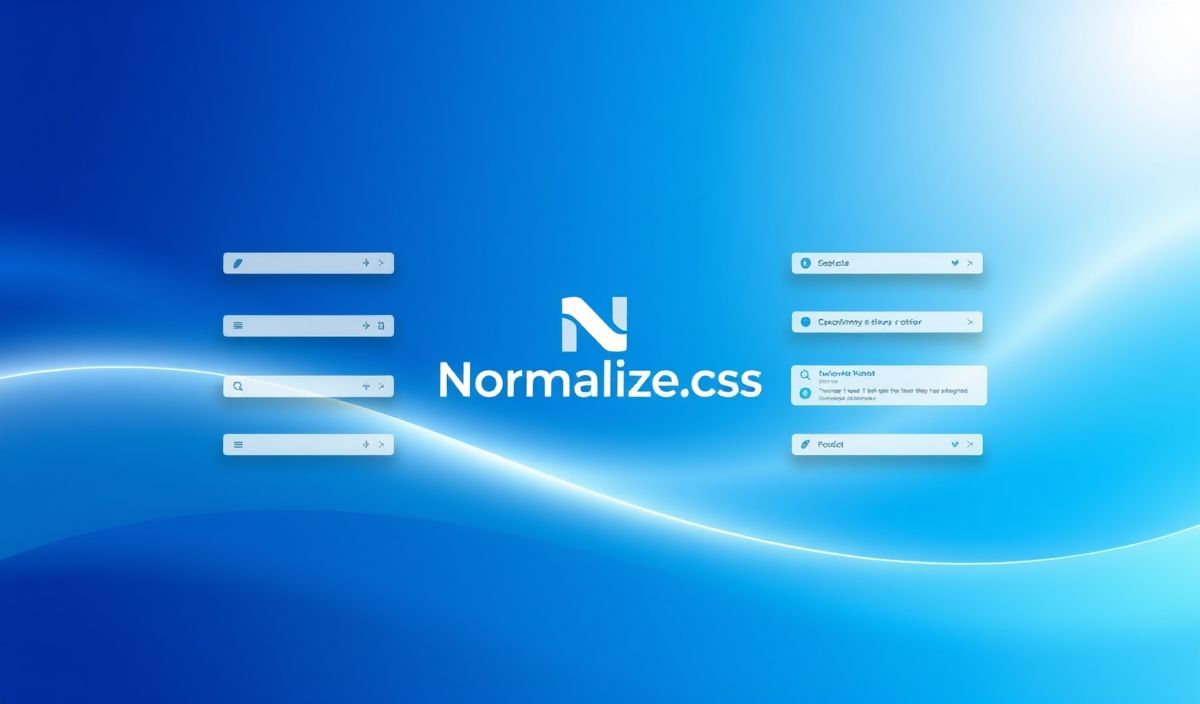Welcome to Mail-listener2: Your Ultimate Email Processing Solution
Mail-listener2 is a powerful Node.js library designed to help you process and manage emails effortlessly. Whether you are looking to create an automated email response system, filter incoming messages, or perform any email-related operations, mail-listener2 is the tool you need. This guide provides an in-depth look into its functionalities along with useful API examples and an application example.
Getting Started with Mail-listener2
First, install mail-listener2 using npm:
npm install mail-listener2
Basic Usage
Below is a basic setup to get you started with mail-listener2:
const MailListener = require("mail-listener2");
const mailListener = new MailListener({
username: "your-email@example.com",
password: "your-password",
host: "imap.emailprovider.com",
port: 993,
tls: true,
mailbox: "INBOX",
markSeen: false,
fetchUnreadOnStart: true,
mailParserOptions: {streamAttachments: true}
});
mailListener.start();
mailListener.on("mail", function(mail, seqno, attributes) {
console.log("Email received:", mail);
});
Advanced API Usage
Mail-listener2 provides several events and options to help you manage emails efficiently:
Handling Attachments
Stream email attachments to a file:
mailListener.on("attachment", function(attachment, seqno, attributes) {
const outputFile = fs.createWriteStream("path/to/save/" + attachment.generatedFileName);
attachment.stream.pipe(outputFile);
});
Error Handling
Gracefully handle errors:
mailListener.on("error", function(err) {
console.log("Error occurred:", err);
});
Marking Emails as Read
Automatically mark emails as read after processing:
mailListener.on("mail", function(mail, seqno, attributes) {
mailListener.imap.addFlags(seqno, "\\Seen", function(err) {
if (!err) {
console.log("Marked as read:", seqno);
}
});
});
Application Example: Auto Response System
Here is an example of how to build an automated email response system:
const MailListener = require("mail-listener2");
const nodemailer = require("nodemailer");
const mailListener = new MailListener({
username: "your-email@example.com",
password: "your-password",
host: "imap.emailprovider.com",
port: 993,
tls: true,
mailbox: "INBOX",
markSeen: false,
fetchUnreadOnStart: true,
mailParserOptions: {streamAttachments: true}
});
const transporter = nodemailer.createTransport({
service: "gmail",
auth: {
user: "your-email@example.com",
pass: "your-password"
}
});
mailListener.start();
mailListener.on("mail", function(mail, seqno, attributes) {
const mailOptions = {
from: "your-email@example.com",
to: mail.from[0].address,
subject: "Re: " + mail.subject,
text: "Thank you for your email. We will get back to you shortly."
};
transporter.sendMail(mailOptions, function(error, info) {
if (error) {
return console.log(error);
}
console.log("Response sent: " + info.response);
});
mailListener.imap.addFlags(seqno, "\\Seen", function(err) {
if (!err) {
console.log("Marked as read:", seqno);
}
});
});
With these examples, you can now leverage mail-listener2 to manage and automate your email processing tasks efficiently. Happy coding!
Hash: 866ad2f03fa899b076ec25a8e77538a21c4f202f85701bb75f90b6e7a4f2541b




